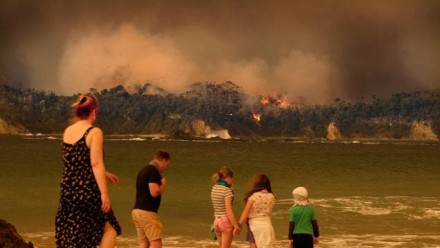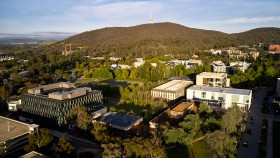Two-thirds of Australia suffered record fire danger levels ahead of black summer
More than half of the country experienced record fire danger levels last spring in the lead-up to the devastating summer bushfires, research has revealed, as drought, high temperatures and strong winds combined to create horrific conditions.
The Australian National University and Griffith University expert review of scientific literature, which scrutinised how climate change was affecting bushfire risks in eastern Australia, found extreme heat events had increased tenfold in 60 years — from 14 in the 1960s to 141 in the 2010s.
“In spring 2019, Australia saw record high Forest Fire Danger Index (FFDI) values for this time of year in areas of all states and territories,” the bushfire science report states.
“On 6 September, values for FFDI for almost 60 per cent of the country were the highest on record, reaching the catastrophic category at some locations in NSW.
“Eastern Australia had been experiencing severe drought in the lead-up to and during the 2019-20 fire season, with much of northeastern NSW having the lowest rainfall on record and above average temperatures over the six months prior to November 30, 2019.”











